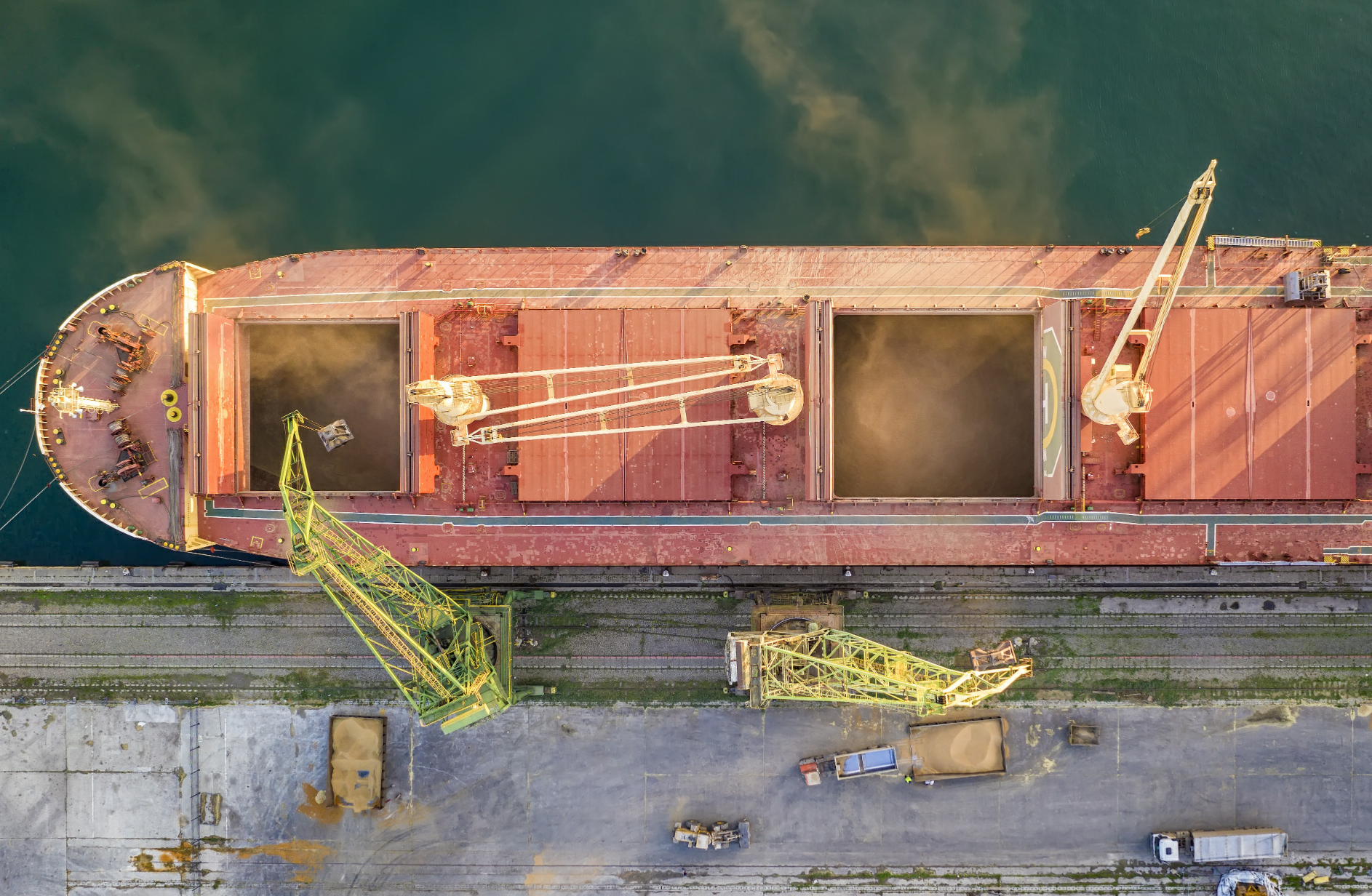
The UK Club have received the below advice from Wang Jing & Co., Xiamen, regarding soya bean claims.
The Supreme People's Court (SPC) has issued a recent ruling which may have significant impact on Member's soya bean claims.
Background
China has been continuously importing soybeans from South America, especially from Brazil in recent years and numerous soybean damage claims were raised by various Chinese soybean importers and plants. From the court judgments, the Chinse maritime courts, their respective superior courts and the Supreme People’s Court (“SPC”) did not set a standard, scientific and reasonable methodology in soybean damage assessment. Particularly in soybean claims in Fujian Province, the claimants usually prefer to apply a theoretical formula created by former staffs of Xiamen CIQ in the case of M/V Bunga Saga Lapan (“Lapan formula”).
SPC's latest ruling
In a recent case of M/V Glykofiloussa, the SPC recently issued a ruling (“Ruling”) to dismiss the retrial application filed by the cargo insurer China Pacific Property Insurance Co., Ltd. (“CPPIC”) against a Fujian litigiously soybean plant Fujian Yuancheng Bean Co., Ltd. (“Yuancheng”) who used the Lapan formula in their claim.
To apply for retrial, CPPIC exhausted all available resources including inviting top Chinese experts in soybean production research and submitting foreign experts’ reports, with an aim to overturn the incorrect Lapan formula used by Yuancheng. Unfortunately, the SPC did not study much on the soybean damage assessment methodology and just simply dismissed the retrial application based on the analysis that CPPIC failed to submit sufficient evidence to overturn Yuancheng’s assessment report.
During the first instance, the second instance and the retrial proceedings, the Lapan formula was widely criticized in Chinese soybean scientific literature and research institutions as such formula is not accurate or practical, and is remote from the actual production outcomes. On the loss quantum, Brookes Bell experts appointed by the shipowner estimated the loss to be only RMB3-5m (USD0.46m-0.76m) and CPPIC experts assessed it to be RMB15.3m (USD2.36m). It is regretful that the SPC just endorsed the assessment with the Lapan formula, without making any analysis or correction.
Impact of the ruling
Although China is not a case law country, such Ruling by the SPC will encourage Chinese claimants to apply the Lapan formula in order to achieve higher claim figures since the SPC’s ruling or judgment is of highly referential essence to Chinese courts. As a result, the Lapan formula whose application was limited to Fujian province may spread in the future to all soybean import ports and the risk of claims from Chinese cargo receivers against Owners and P&I Clubs will increase.
It is also worth mentioning that, in April 2021, a shipment of Brazilian soybeans was again alleged to be damaged by the same receiver Yuancheng during discharge at the same Songxia port. According to Brookes Bell’s preliminary assessment, the loss would not exceed USD1m; however, the cargo receiver demanded for a security up to the carrying vessel’s limitation of liability in the amount of USD9.84M. Apparently, the receiver has a tendency to adopt their previous claim method by applying the Lapan formula to obtain huge amount of compensation.
Customs' New Requirements
Apart from the heat damage, about 3,000MT soybeans were alleged to be seriously damaged. Previously, seriously damaged soybeans like these would be immediately put into production by admixing them with sound soybeans. This time, however, the local Customs surprisingly decided to require Yuancheng to destroy them for the consideration of food safety.
Recommendations
In consideration of the SPC Ruling and the Customs’ new requirement, Wang Jing & Co. would suggest P&I Clubs and Owners pay attention to the followings so as to mitigate loss:
- Soybean damage is usually caused by self-heating, so high moisture content of the soybean cargo at the loading port (e.g., above 13% at loading during the rainy season of Brazil in our recent cases) shall be treated in a precautionary manner. It is advisable to obtain a letter of indemnity from the charterer or the shipper before the vessel departs if the quality certificate shows a high moisture content. Even a small part of the cargo with a high moisture content would cause large-scale cargo damage onboard and eventually result in huge claims.
- One of the reasons why the Lapan formula generates exaggerated claim amount is that the formula uses the total quantity of the allegedly damaged soybeans as the base quantity. To mitigate the risk exposure, if any damage is alleged by the receiver, the Master should request separate discharge to segregate the seriously damaged, slightly damaged and sound soybeans.
- The Chinese government is imposing stricter quality control on food/edible oils recent years and the Customs are also imposing stricter supervision on imported soybeans. On seriously damaged soybeans, there will be greater risk of destroying them. Once such soybeans are ordered to be destroyed, the loss would be substantial.
- Given the aggressive claim gesture and the substantial amount claimed by the local receiver Yuancheng in the previous/existing cases, we would suggest Owners pay high attention when they are informed that the receiver/notify party is Yuancheng or any soybean cargo is to be shipped to Songxia Port, China.
Members can also find the ruling issued by the Chinese SPC below. If Members have any queries on the above, they should get in touch with their usual Club contact.




